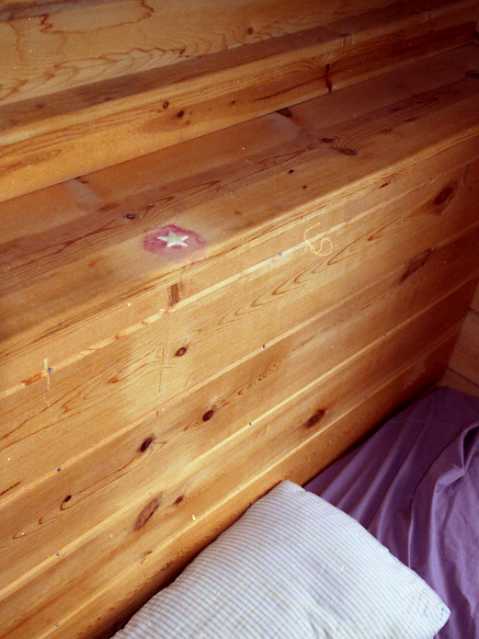Survival of the Soul
|
The soul can survive the death of the body. This conclusion is not based on faith or religious doctrine, but on experience and evidence.
The intense fear of death as annihilation I had as a child vanished after a certain number of out-of-body experiences. The direct experience of awareness being outside of the body, and of awareness being incredibly enhanced by that separation changed my perception of death from emergency to emergence. The view of death as annihilation was replaced by a deep intuition of death as an orgasmic portal. My personal experience shouldn't convince you of anything, but a careful study of near-death experience findings should be enough to convince an open-minded skeptic that death is an event horizon, not a pit of oblivion. The position of neurological materialism, the belief that consciousness is an epiphenomenon or secondary effect of biochemical process in the brain, is resoundingly and definitively contradicted by NDE findings. Consciousness does not reside in the brain, and electrical activity in the brain is not a prerequisite for consciousness.* (see example of NDE evidence below) There are also many well-documented cases of communication from the other side that strongly indicate survival of the soul. For example, after his death Dante's son received a communication from his father about where in the attic he could pull up floorboards and find an unpublished manuscript. One anecdote shouldn't convince you of anything, but I find the overall weight of well-corroborated evidence more than sufficient. Check this site: http://veritas.arizona.edu/ for a scientific inquiry into the survival of consciousness at the University of Arizona. *The following example of NDE evidence is far from the most impressive, but is chosen because of the arch-conservatism of its source — National Geographic — an organization known for its attempts to debunk paranormal claims. What follows are some transcribed excerpts from the National Geographic documentary: Moment of Death Al Sullivan, a man who has survived a multiple bypass operation relates, "In the operating room here comes Dr. Takata whom I had never laid eyes on before. He introduced himself, 'Hi Mr. Sullivan, good afternoon, I am doctor Takata." and he told me what he was going to do: 'We are going to take veins from the legs and take arteries also from chest wall and probably do four or five bypasses for you.' And I'm listening, listening, and all of a sudden I don't have to listen to him telling me I can see what he is doing, because I found I wasn't there to listen anymore. I just left my body and watched. I can see, but I'm up looking down at them. It used to be me, but it wasn't me, because the real me is up here watching. That's when they started putting stuff over my eyes and all kinds of drapes and blankets all around me and I still, I could see Dr. Takata and his people, and this is another thing, I could see through the operating table and me and I could see what kind of boots he had on. At one point he stepped back, the surgeon stepped back, and it looked like he was flapping his arms and I thought: What in the world is he doing that for?" Al continues, "He was orchestrating: Do this, do this and do that and it did seem very foreign to me what he was doing." Al demonstrates Dr. Takata strange movements, his hands to the sides of his chest, elbows bent, twisting around and pointing with his elbows as he gives commands. Dr. Anthony F. Lasala , MD, cardiologist at Hartford Hospital explains: "Dr. Takata, when he's not operating, and trying not to contaminate his hands, will put his hands close to his chest and point with his elbow." Dr. Lasala: "Al Sullivan would not know of this peculiar behavior of Dr. Takata. I did not tell him that." Dr. Takata: " I cannot explain how he saw these things under the complete sleep of anesthesia." Dr. Lasala: "Even if he was conscious, it would be impossible for Al to see Dr. Takata's stance or arm movement because Al was behind a drape that blocks the vision of the patient and his eyes were taped shut." |



